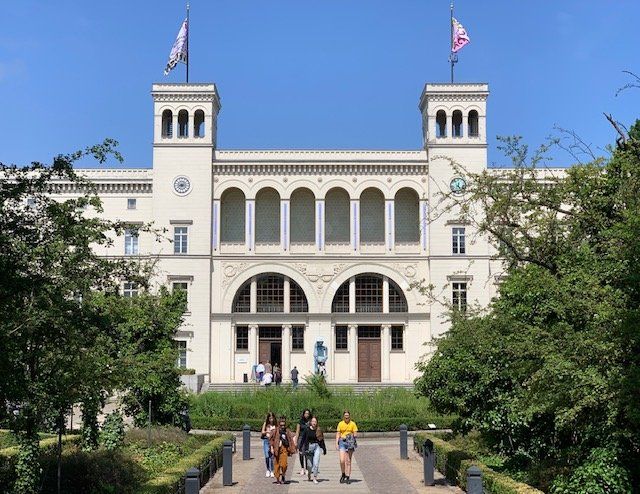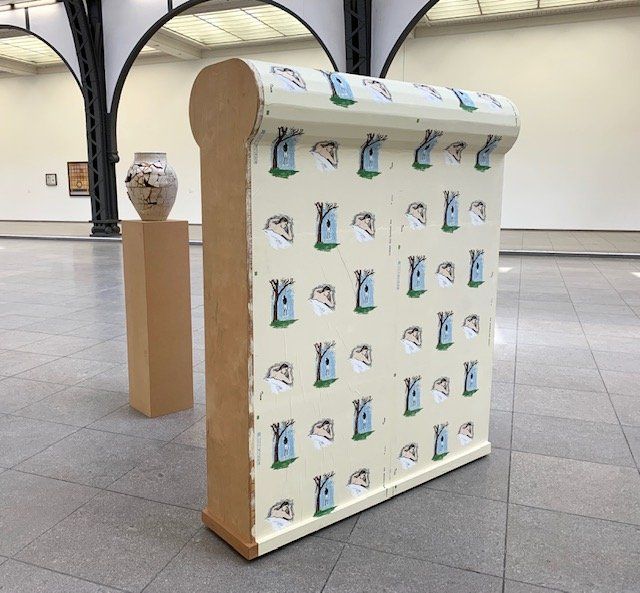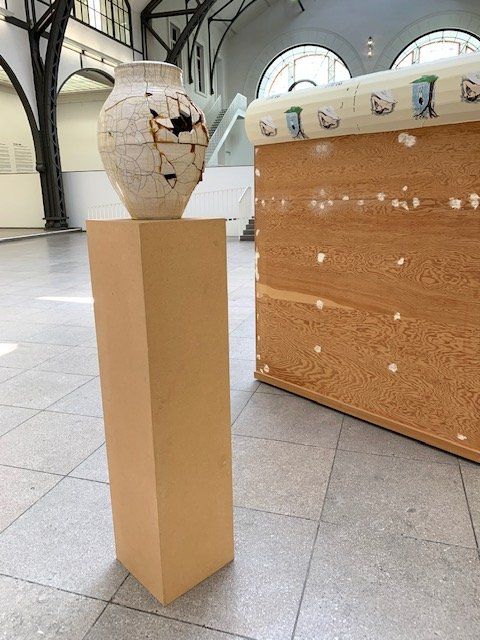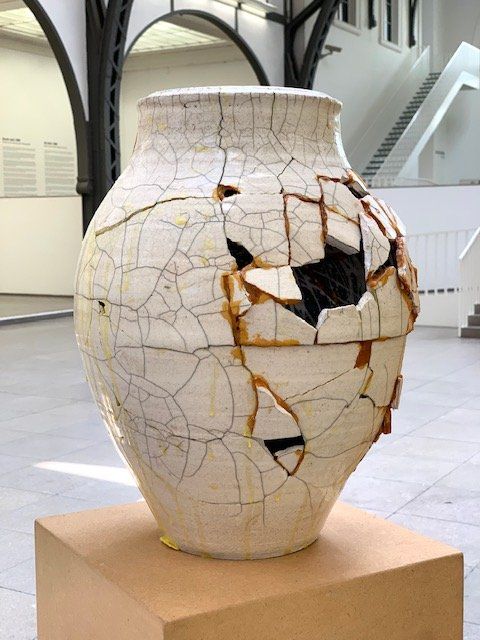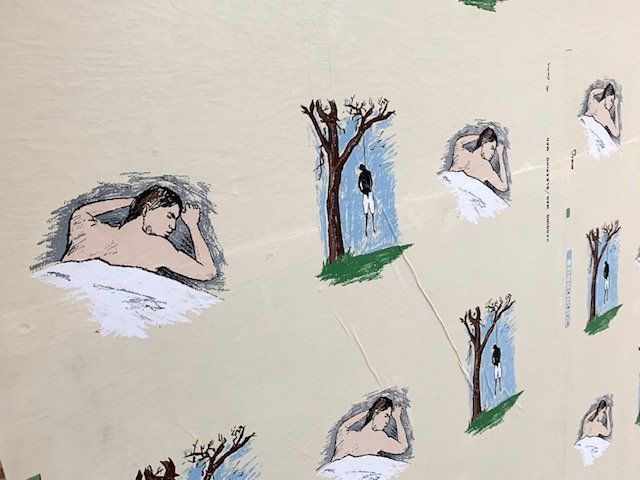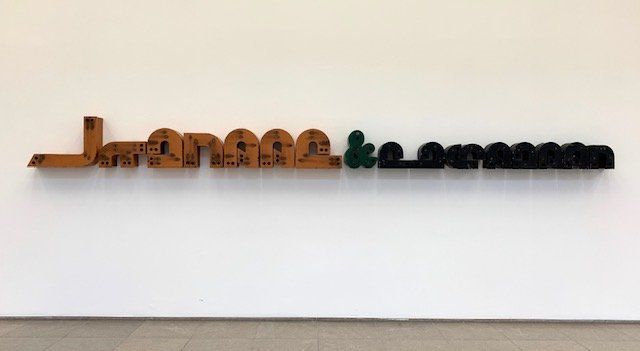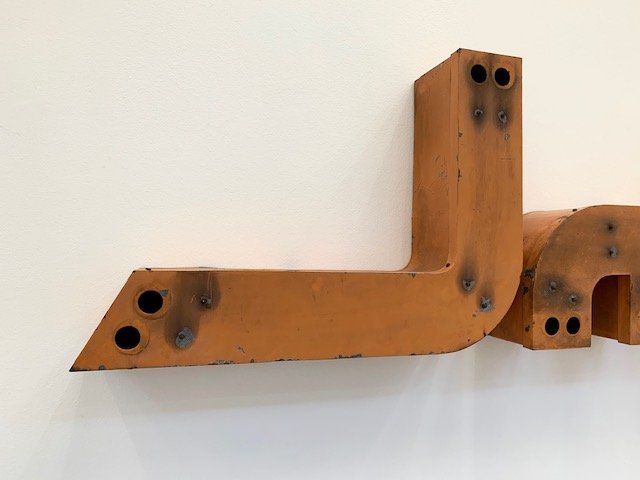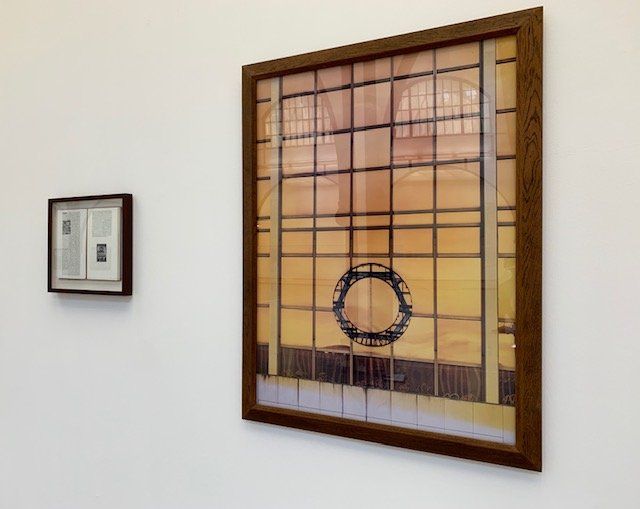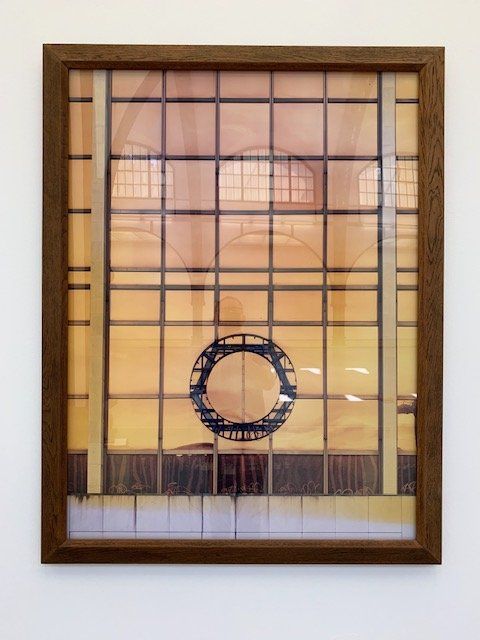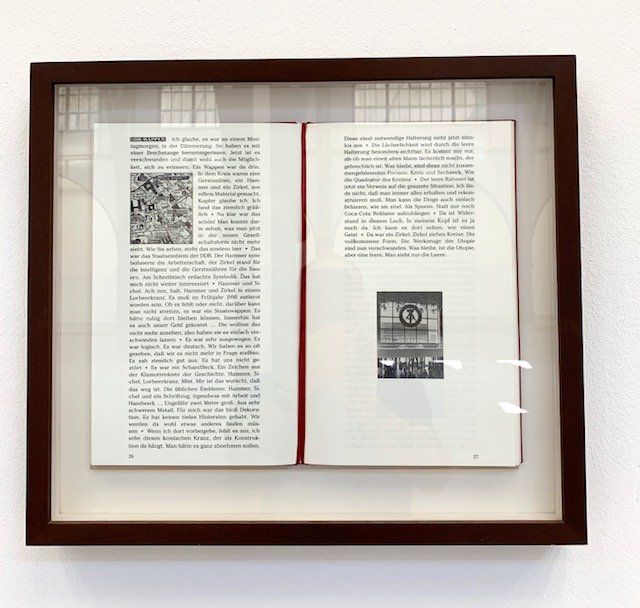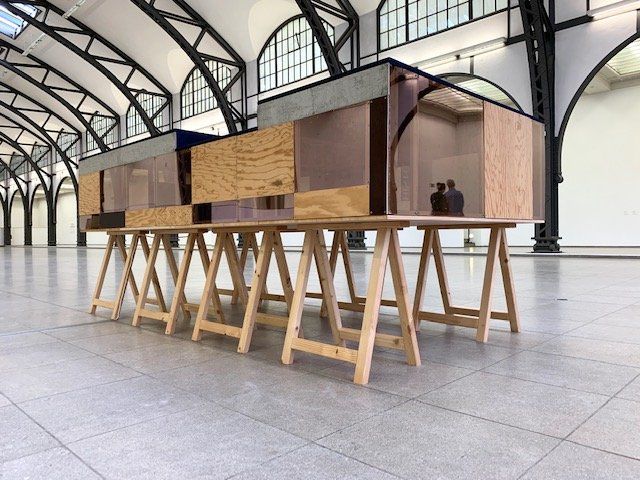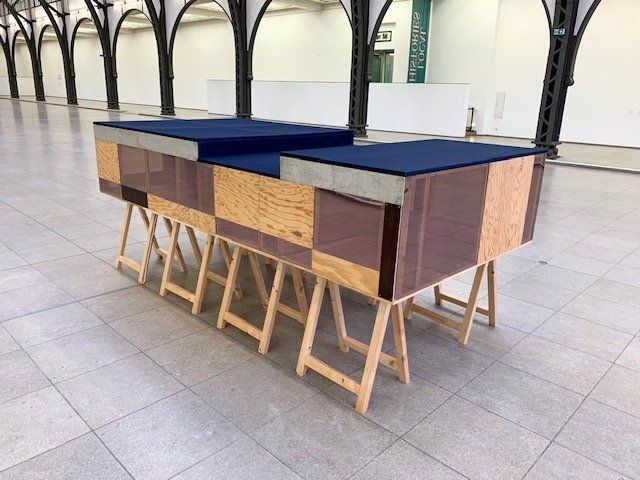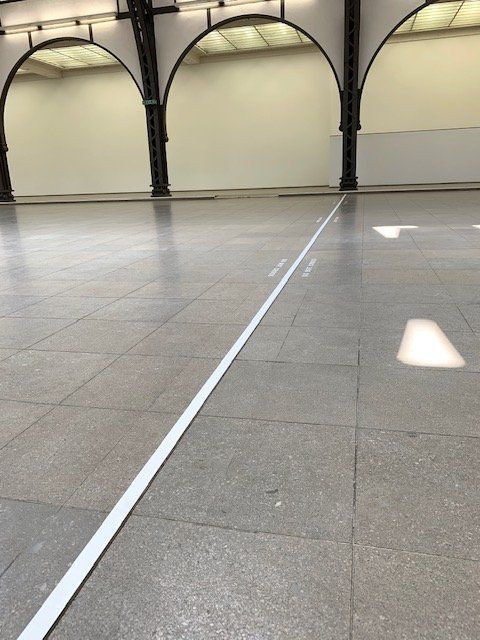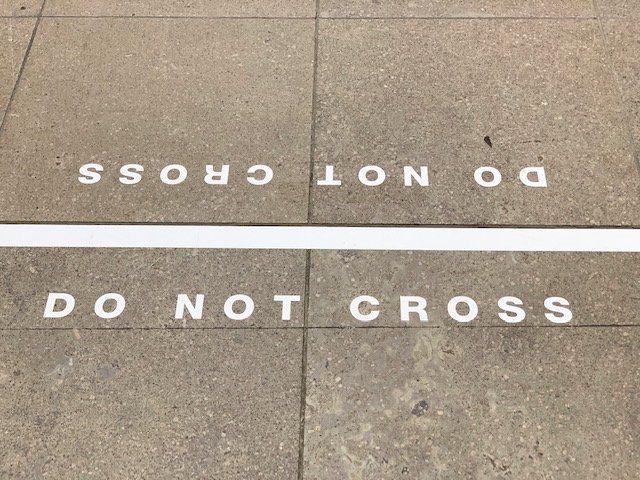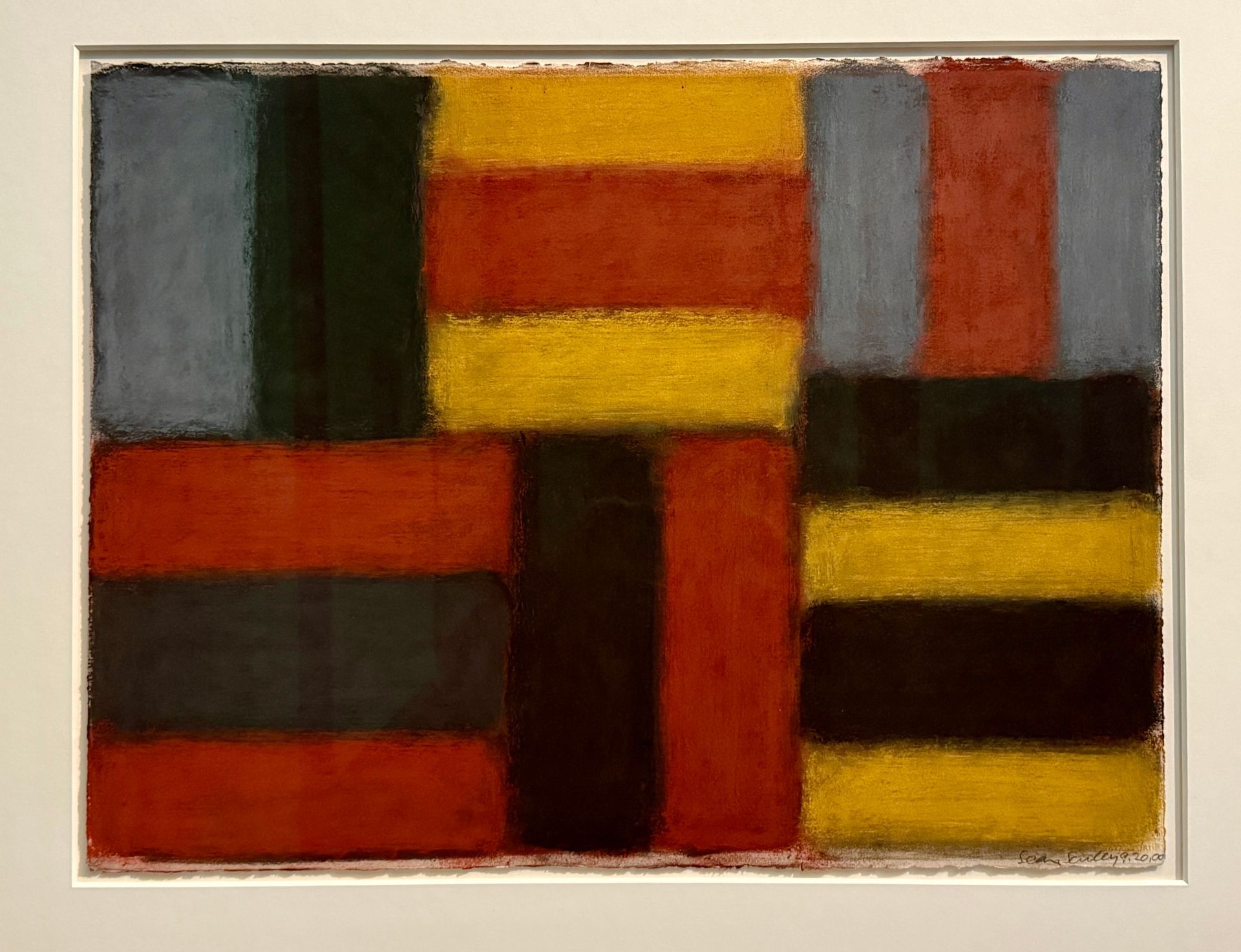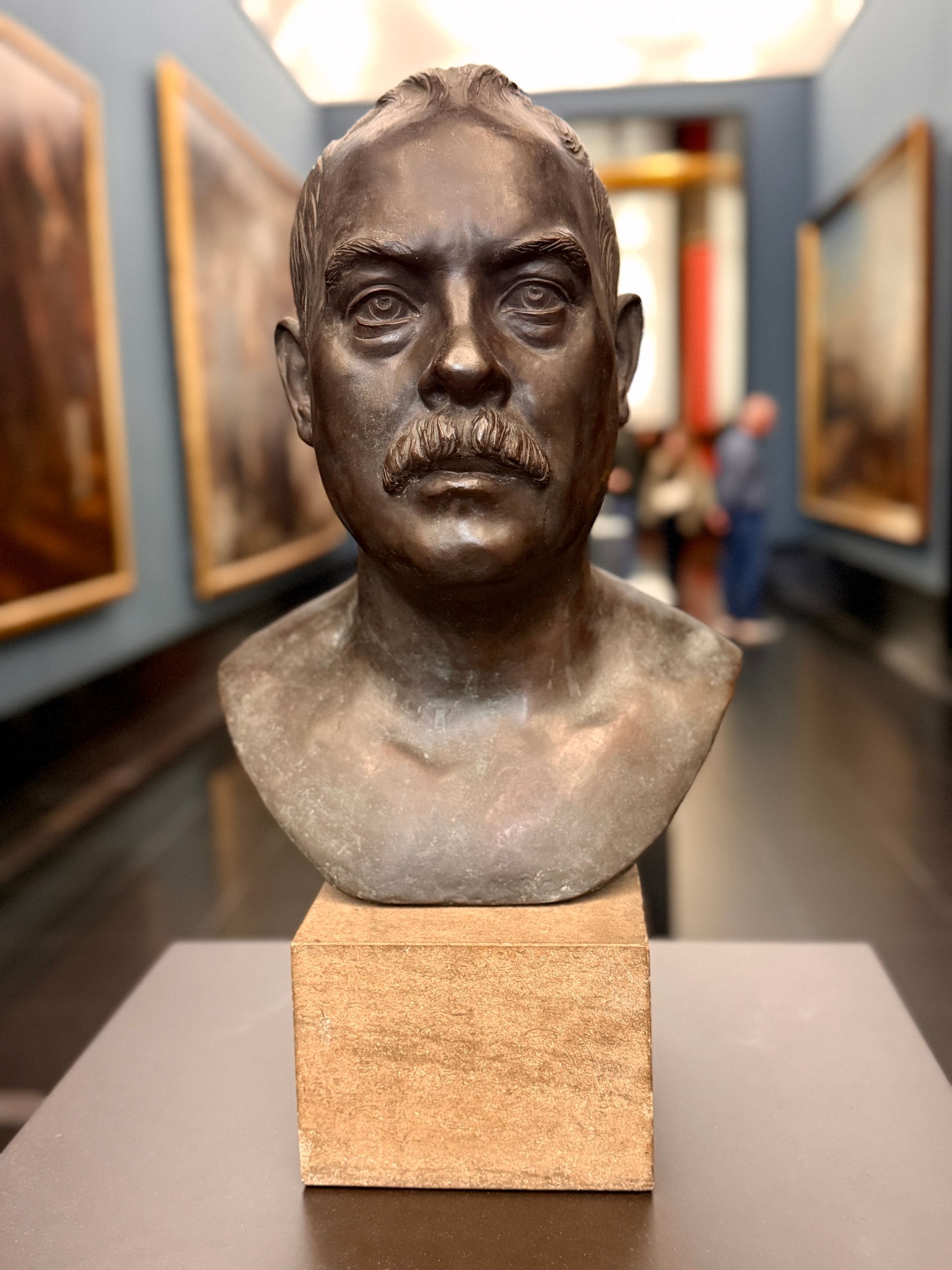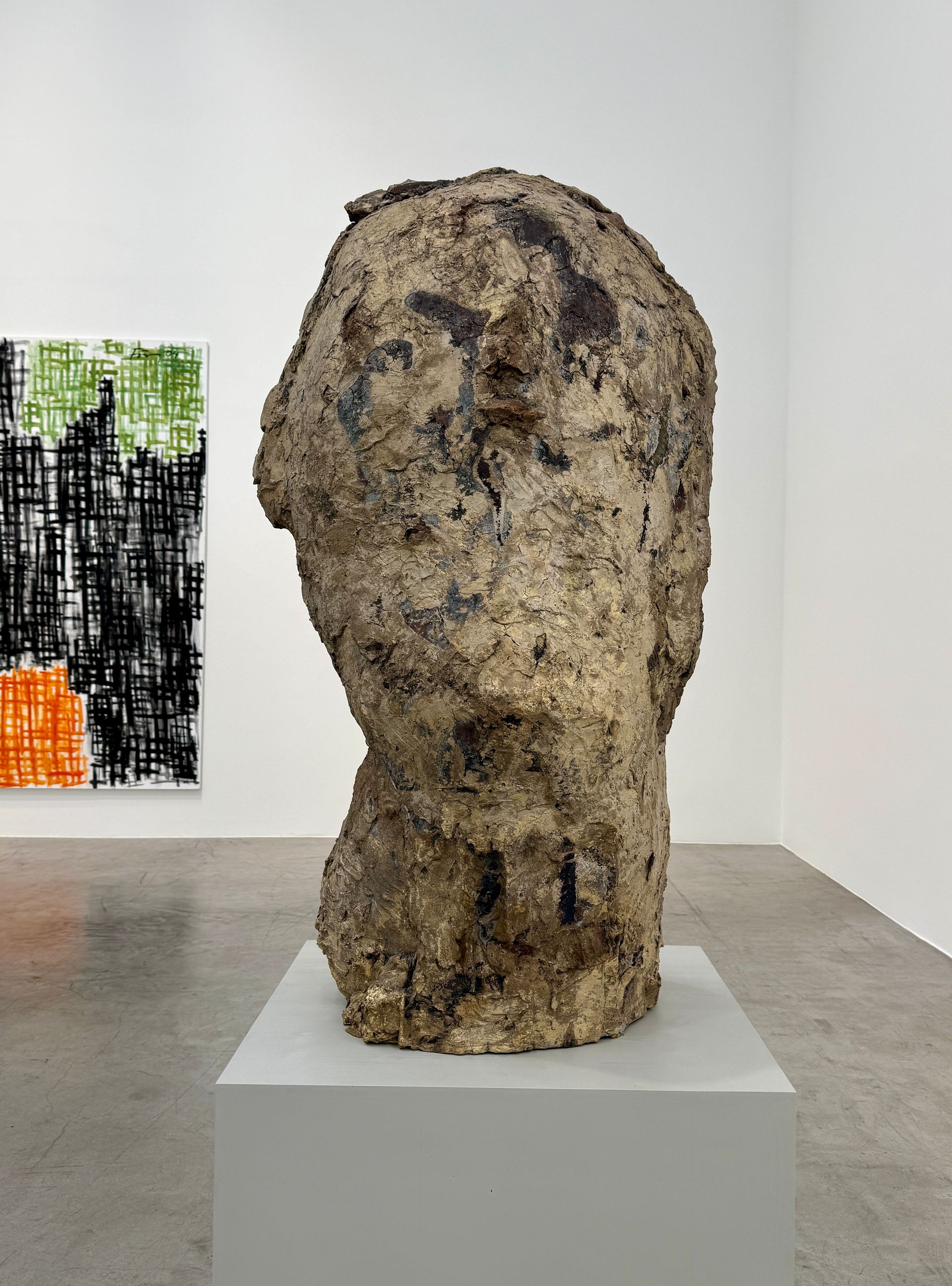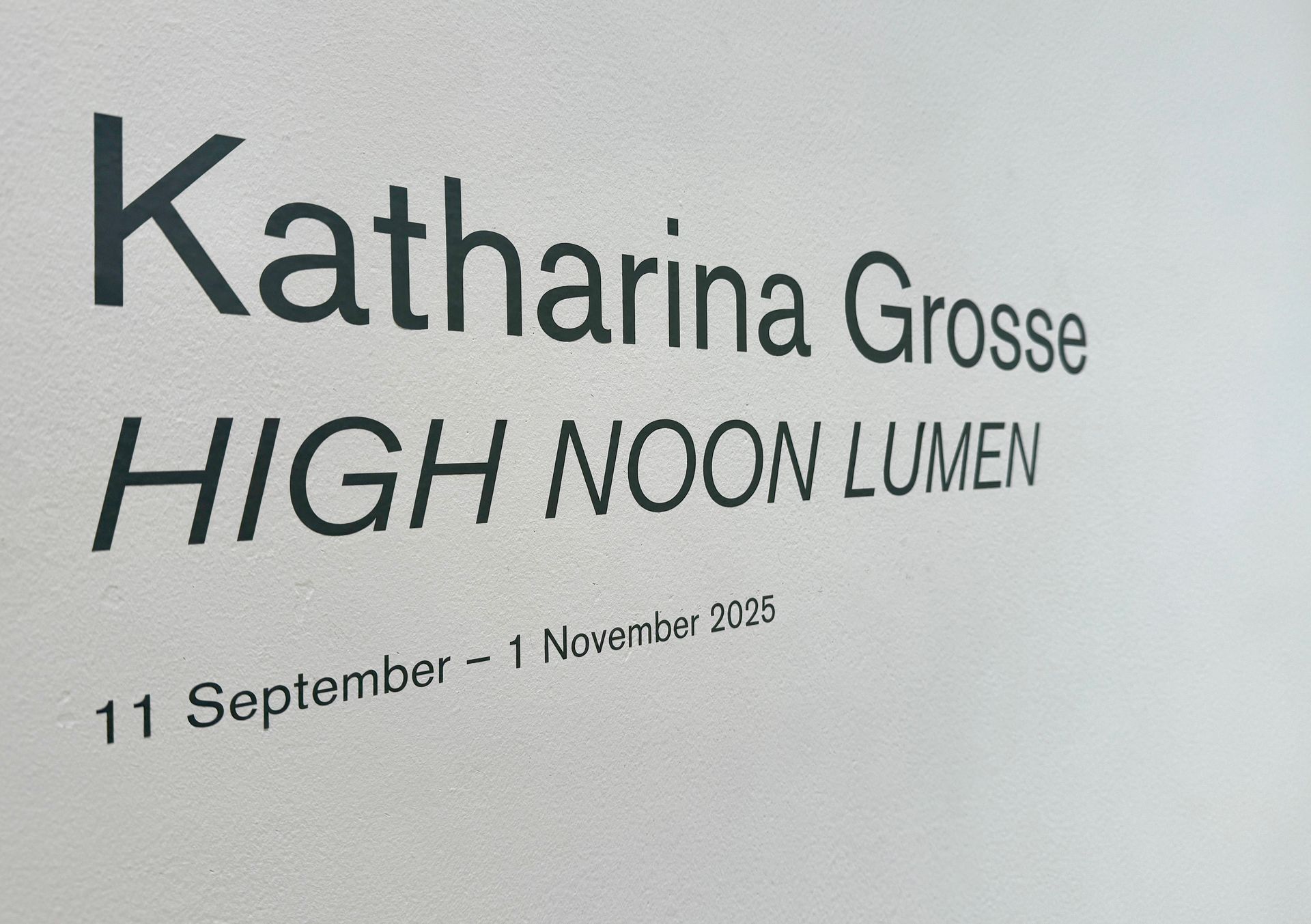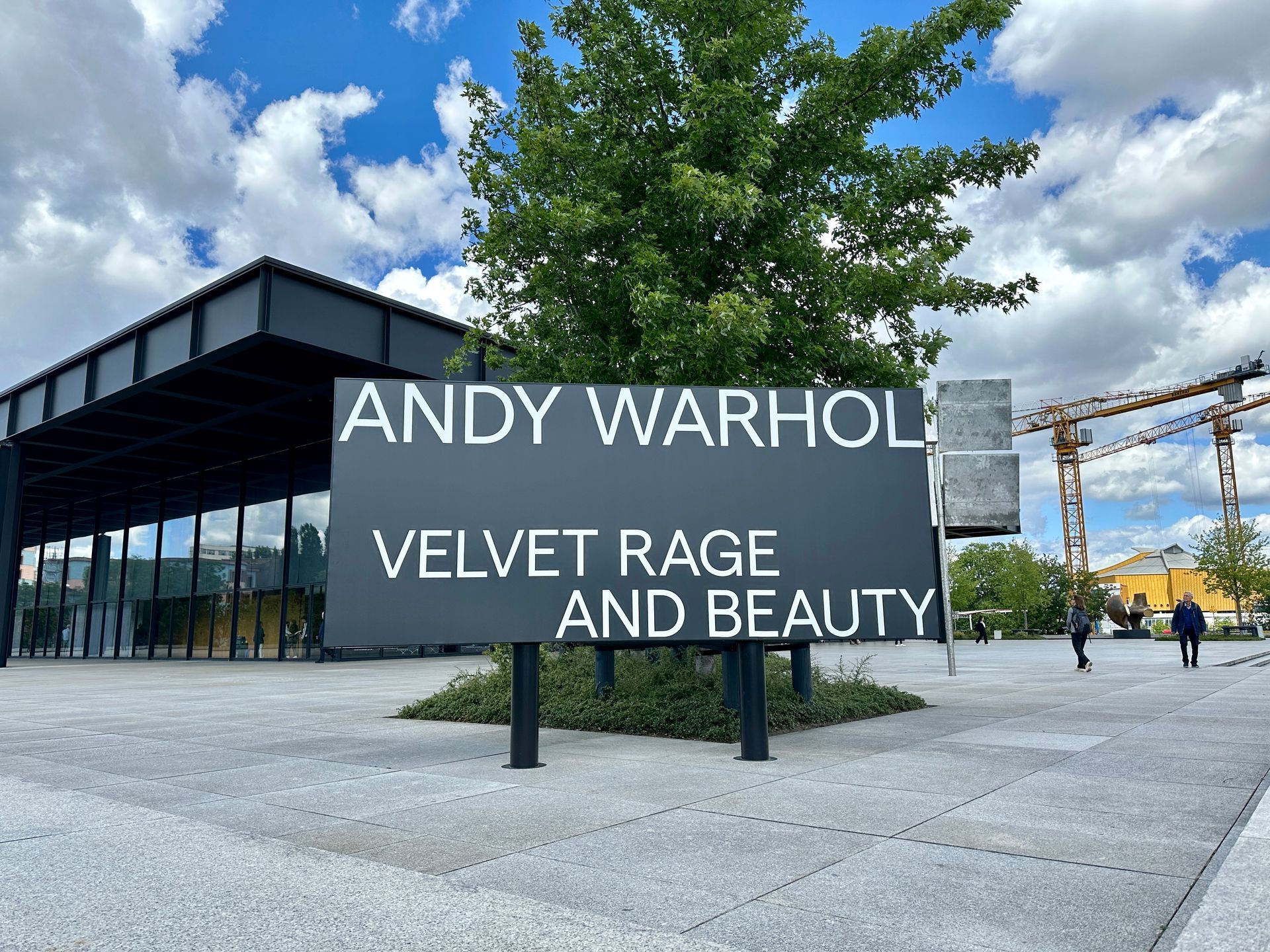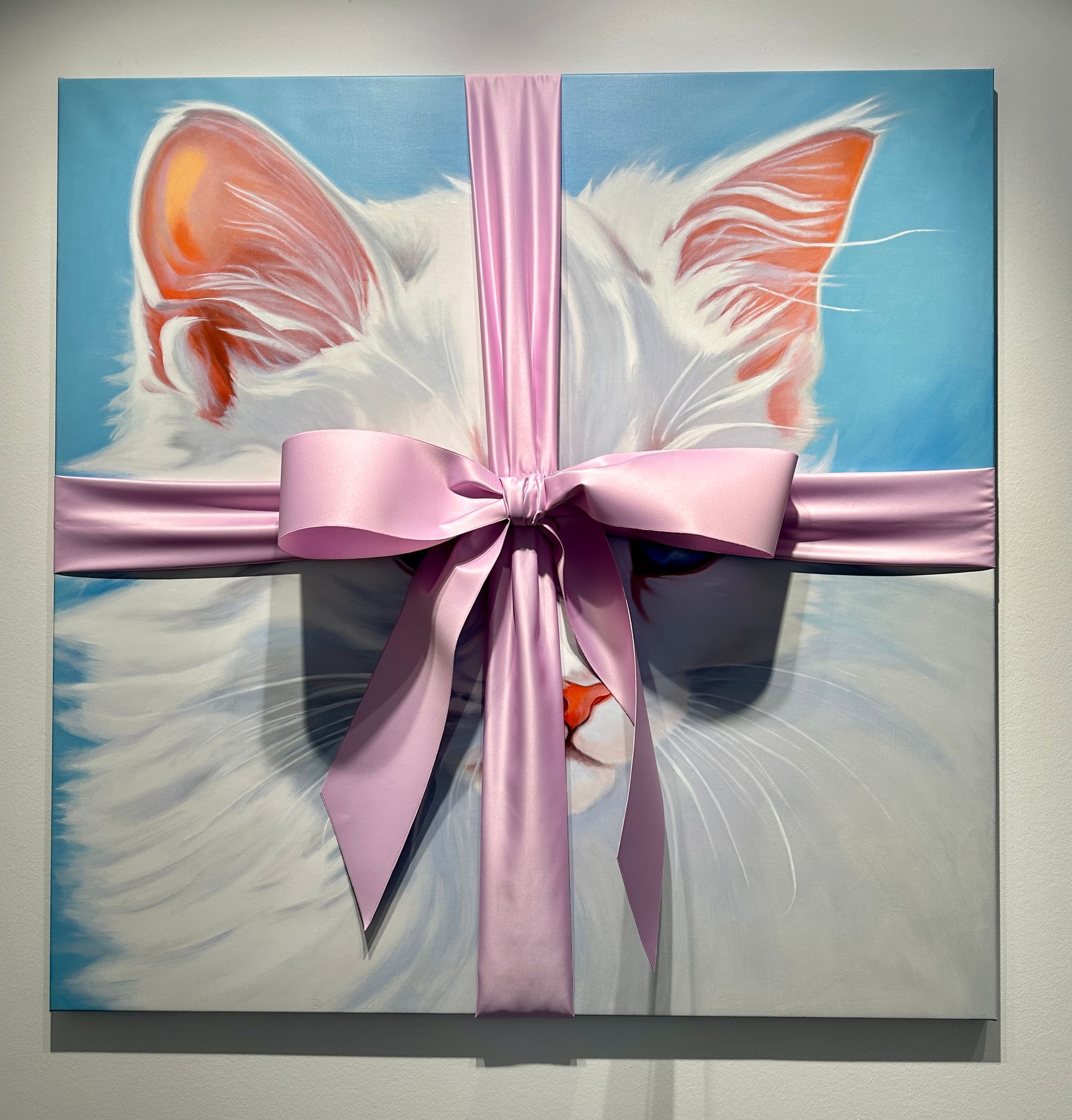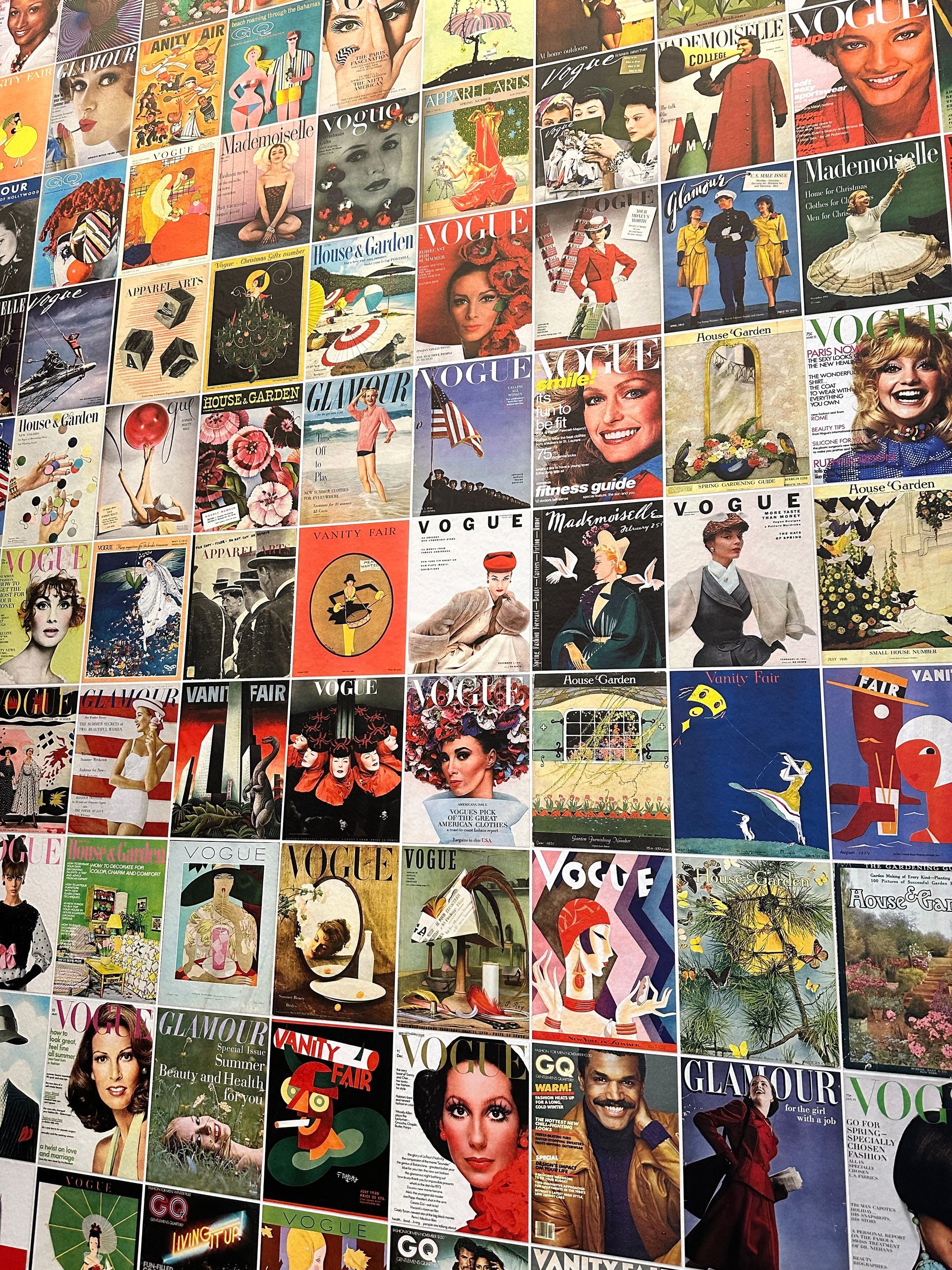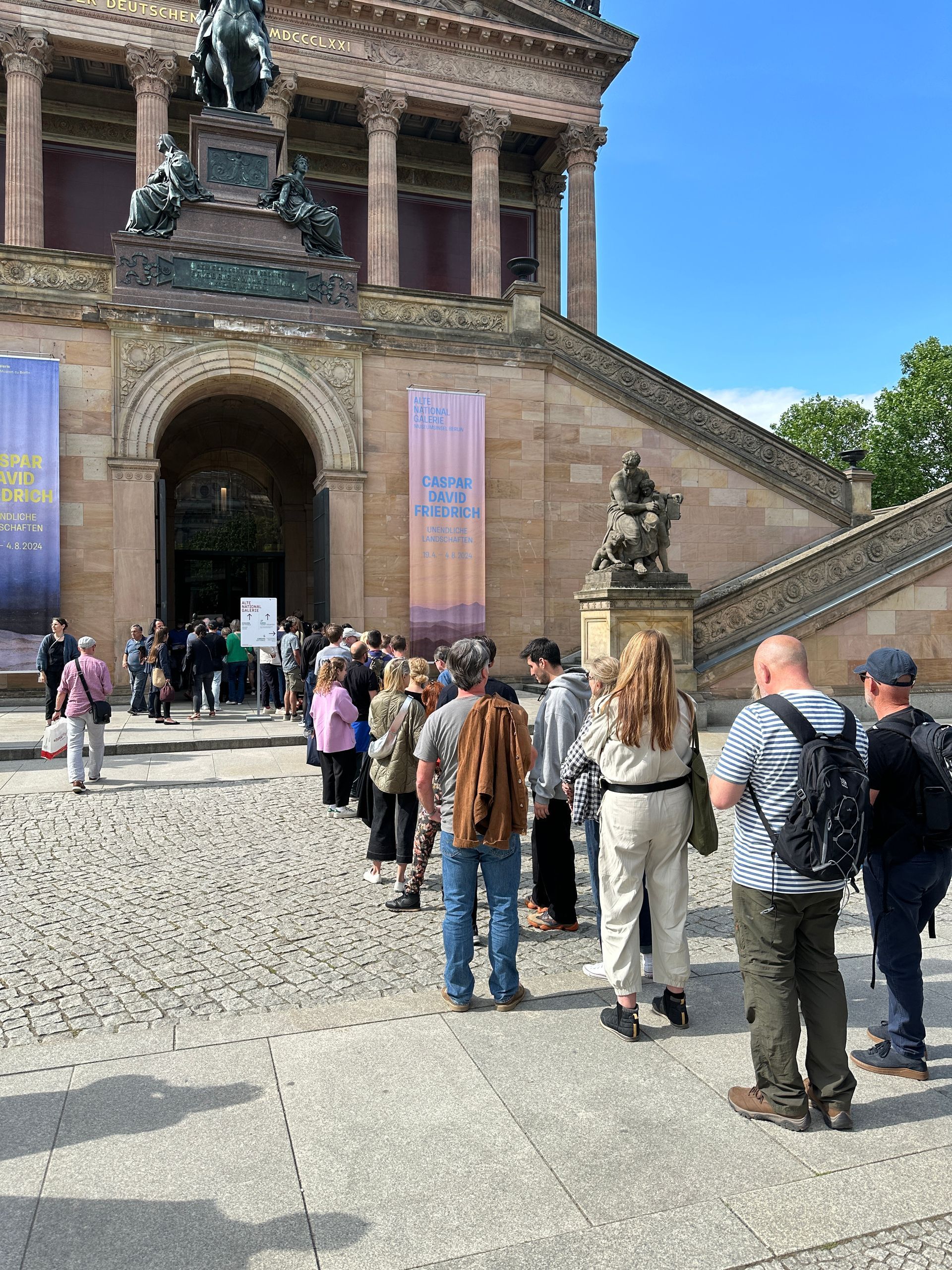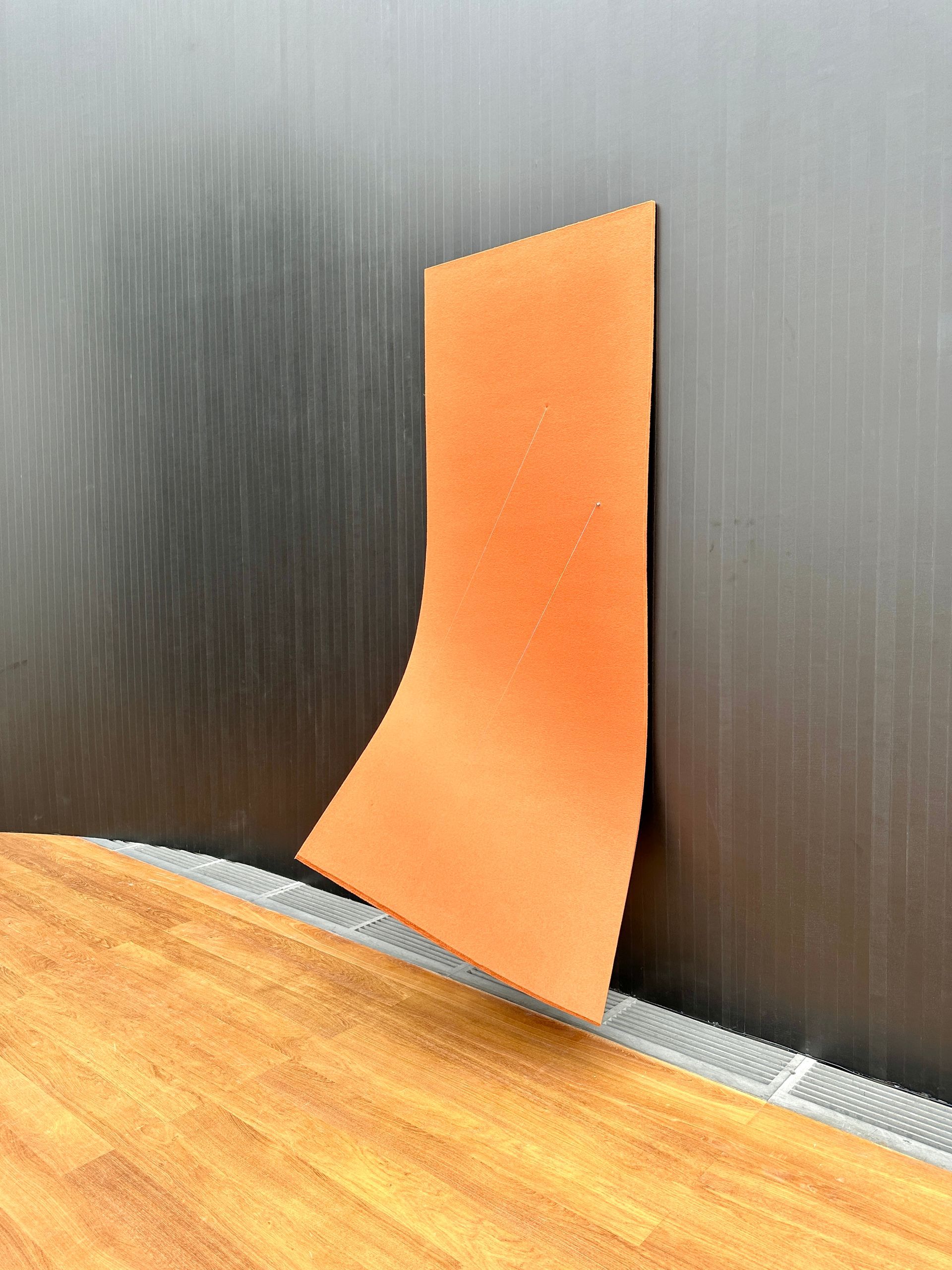"Art after 1989" tells the story of reunification and more
Berlin’s premier showplace for museum-level contemporary art, Hamburger Bahnhof – Museum für Gegenwart (Hamburger Station – Museum for Present Times), is reason enough to sink 100 euros into a “Classic Plus” annual Berlin State Museums membership. Seeing, digesting and absorbing what Hamburger Bahnhof has on view during any particular season requires five or six visits – which at the get-go justifies the membership – furthermore, the membership card allows free, unlimited visits to Berlin’s 14 other State Museums. During the last three months I’ve visited Hamburger Bahnhof at least 5 times, and still have not seen all the current exhibits. I also made it to nine of the other State Museums. This is just one of the reasons I don’t get tired of Berlin!
All that being said, my last check-in with Hamburger Bahnhof was yet another high-caliber art experience. The exhibit, “Art after 1989 – Works from the Nationalgalerie Collection,” occupies the vast former train station in a spartan manner. The mission of the exhibit is to focus on the process of German reunification after the fall of the Berlin Wall in November, 1989, however the show speaks to themes that supersede Reunification, Germany and even politics in general.
Here are some of my favorite pieces from the show:
Martin Kippenberger and Robert Gober
“Put your Freedom in the Corner, Save it for a Rainy Day” (1990)
In this piece Kippenberger facsimilated a section of the Berlin Wall out of wood, and partially covered it with wallpaper by American artist Robert Gober. The “wall” faces a broken, but crudely reconstructed ceramic vase. Yes, this piece directly expresses the reunification story, but even if you didn’t know anything about German history, there is still a strong statement present about aspirations - broken and hoped for.
Raffael Rheinsberg
“Lokomotive Leipzig” (1999)
Rheinsberg reconstituted sheet metal sections of East Berlin neon signage and created a procession of blocky shapes that allude to both a train, and perhaps a newly evolved language. The piece is a visual story-telling of repurposing East German structures - physical and ideological, as well as an example of creating poetry from found materials.
Sophie Calle
“The Detachment” (1994-1996)
Calle’s piece documents the disassembling of a window or gate (?) in the Palace of the Republic building, which housed the People’s Chamber of East Germany. The large photograph of the “dismembered” gate – sans the East German compass, hammer and wreath symbols, is accompanied to the left by a book which includes people’s memories of the missing insignia.
Nina Fischer and Maroan el Sani
“Klub der Republik” (2002)
This large maquette proposal for a “culture club,” which would repurpose an empty East Berlin building for cultural events. The rough model is elevated on sawhorses, and contains a subwoofer that emits a deep bass line typical of a rave. I really like architectural models, and this piece has a “quick sketch” feel to it, but at the same time there is a refinement to the physical finish and to the premise of the work.
Finally, French artist Claude Closky’s “Do Not Cross” (2007) is a timely statement on borders. Borders as a reality vs. borders as a concept that is only a mental construct. The piece consists of a three-inch wide white line dividing the hall into two halves. On each side of the line, the text, “Do Not Cross” appears several times on both sides. The museum commentary states, “(the text) prohibits visitors from transgressing these markings. It is thus up to the individuals to decide how to respond to this authoritative decree requiring them to remain in their own half.” This WOULD have been true, however when I stepped across the line, a museum guard quickly told me not to step over the line, but to walk all the way around. I wondered if the guards had been informed about the gist of the piece…or if the guard’s reaction was actually part of the piece. In any case, it was effective, and ended up addressing not only historical and political issues, but also class and power issues.
Ahhh…Hamburger Bahnhof! What a great place to dip into the sea that is way bigger than me!

